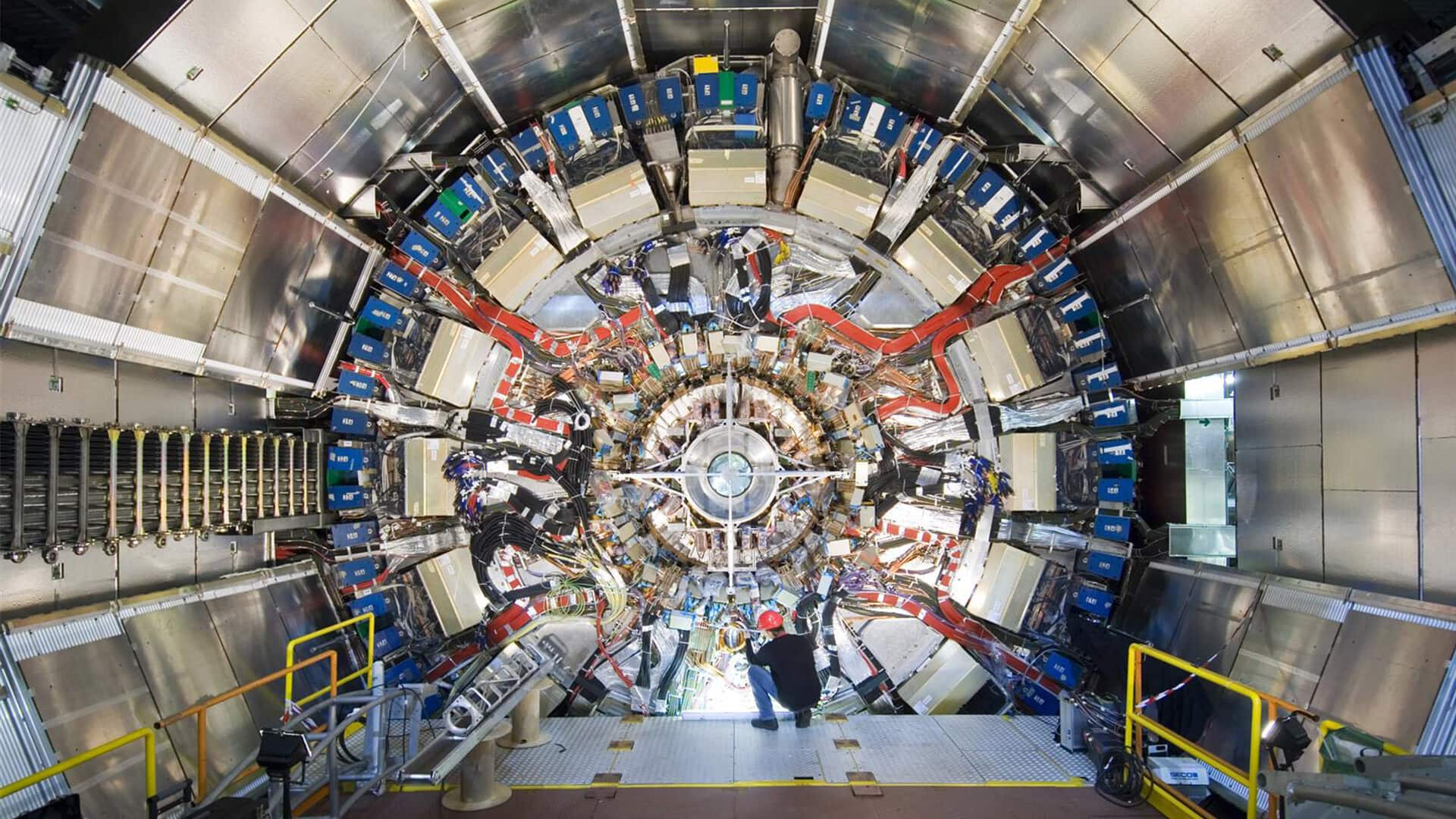
CERN scientists detect heaviest known particle in heavy-ion collision
What's the story
Scientists at the European Organization for Nuclear Research (CERN) have successfully detected top quarks, the heaviest known fundamental particles in the universe.
The major discovery was made using the Large Hadron Collider (LHC), during an experiment involving a collision between lead ions.
The ATLAS collaboration, a team of researchers working with the ATLAS detector at LHC, announced this groundbreaking observation.
Innovative method
A new approach to studying top quarks
Top quarks were first discovered in 1995 by a team of scientists at the Fermi National Accelerator Laboratory (Fermilab).
Despite their large mass, these particles decay almost instantly, making them difficult to study directly.
Traditionally, top quarks have been examined in proton-proton collisions. However, this is the first time they have been observed in a heavy-ion collision.
Progress
A significant step forward in heavy-ion collision physics
The ATLAS collaboration said that this observation marks a major leap in heavy-ion collision physics.
"This observation represents a significant step forward in heavy-ion collision physics, paving the way for new measurements of the quark-gluon plasma (QGP) that is created in these collisions and delivering fresh insights into the nature of the strong force that binds protons, neutrons, and other composite particles together," they claim.
Plasma study
Understanding QGP and top quark detection
Large amounts of QGP were formed soon after the Big Bang, providing the conditions necessary for the formation of protons, neutrons, and other fundamental particles.
Studying QGP could help scientists understand what contributed to the origin of all matter as we know it.
However, when observed using heavy-ion collisions, QGP appears with a lifetime of 10 to the power -23 seconds — making it impossible to study directly.
Particle probe
Top quark: A promising probe of QGP's evolution
The top quark, being the heaviest known elementary particle, decays into other particles quicker than the time it takes to create QGP. This property makes it a potential probe of QGP's evolution over time.
The time lag between the collision and the top quark's decay products interacting with the QGP could act as a 'time marker,' providing a unique opportunity to study QGP's temporal dynamics, the researchers said.
Experiment details
The experiment and its results
To detect top quarks, the researchers ran the LHC and performed an experiment by colliding lead ions at 5.02 teraelectronvolts (TeV) per nucleon pair energy.
They observed the formation of top quarks and their rapid decay into other particles, including a bottom quark and a W boson.
The W boson further broke down into either an electron or a muon, along with another particle called a neutrino.
Discovery significance
First observation of top quark pair production in nucleus-nucleus collisions
The ATLAS team said, "The result has a statistical significance of 5.0 standard deviations, making it the first observation of top-quark-pair production in nucleus-nucleus collisions."
However, there's a bit of uncertainty around these results. During the LHC's second run, the study's authors reported the rate of top-quark production with 35% relative uncertainty.
They propose more accurate measurements could be made in the third run of LHC. Hopefully, future top quark experiments will uncover more valuable insights into QGP.